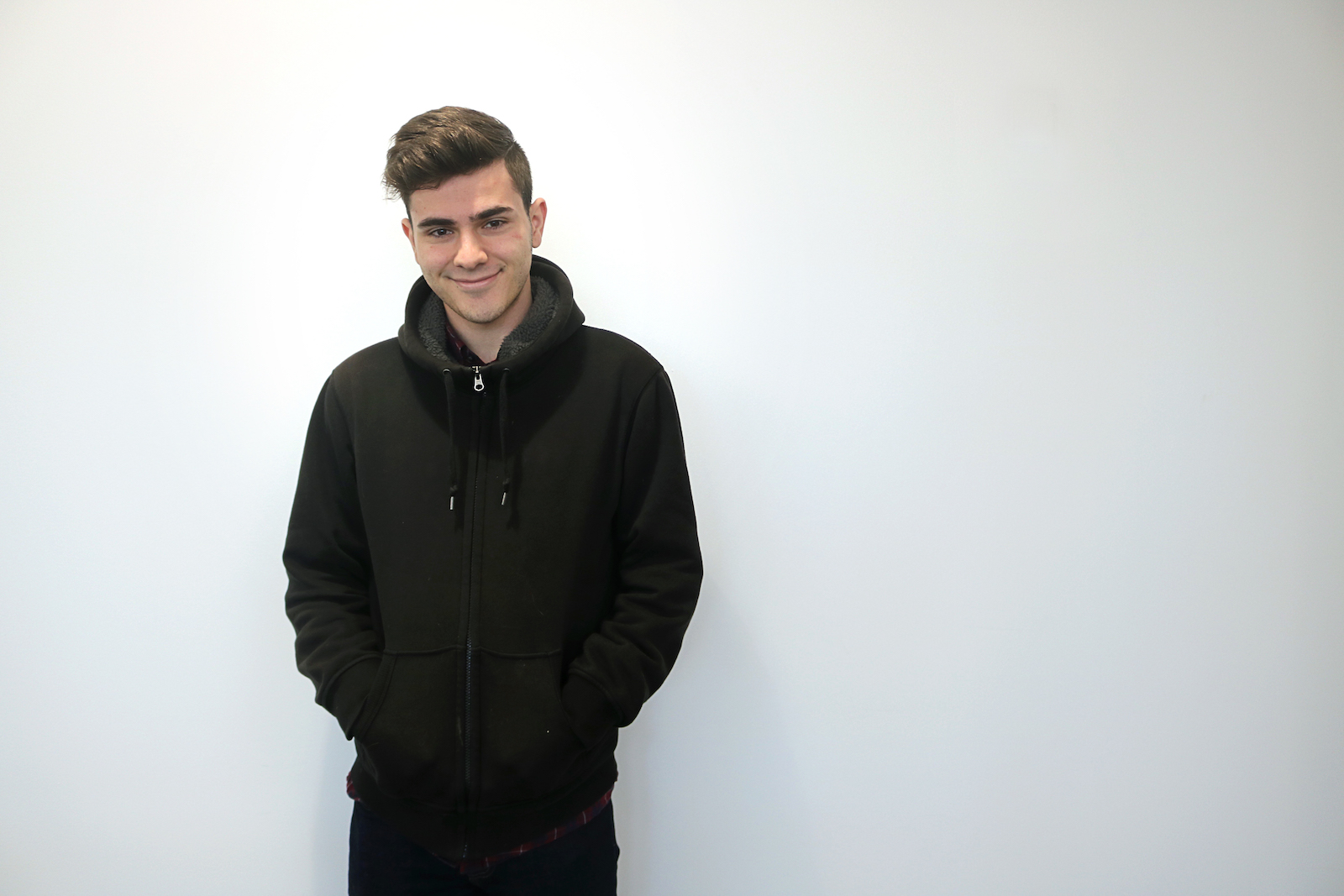The Local newsletter is your free, daily guide to life in Colorado. For locals, by locals.
When Zach Simon was 15, he was in the hospital for about a week. He hadn’t broken a bone playing soccer or caught the flu. Instead, the Stapleton resident had been having suicidal thoughts. A few months later, as his sophomore year was starting, the same invasive thoughts sent him back to the hospital again.
He’s not alone. The top five reasons Colorado youth ages 13 to 17 were hospitalized from 2013 to 2015 were all mental health conditions, as noted in the Denver Youth Health Assessment.

Yet he remembers other teens making fun of him when he came back to school after missing a few days. “Growing up, I was always trying to be supportive, trying to be helpful, trying to be kind—and it seemed like all the kids around me had agreed to the same thing,” says Simon, now 18. “So it’s just surprising that so many people would be presented with an opportunity to do even something small in terms of being supportive or friendly, and they didn’t take it.”
“It could have been stigma, but I think they also hadn’t really thought through how [depression] could affect people,” he added. “They’d never really considered how something that’s relatively common can really impact someone.”
Fortunately, Simon’s been able to find spaces outside of school where he feels comfortable: the Denver Zoo, where he’s interned; the Denver Museum of Nature & Science, where he’s volunteered; the Youth Leadership Team, where he’s found a way to integrate his love of science with direct community involvement; and all different kinds of trivia competitions (he’s the team guesser due to his vast knowledge of miscellaneous facts).
He’s not bitter about his experiences with mental health stigma. He understands that a measured approach is necessary when dealing with such taboo topics. “The main thing is creating a serious environment and walking people through it, but taking care to have time for them,” he says. “That sounds weird in terms of helping people learn about other people who are victims or in trouble, but it comes with the human understanding that you’re not going to force someone into a mindset.”
“They have to come to conclusions and thoughts on their own.”








